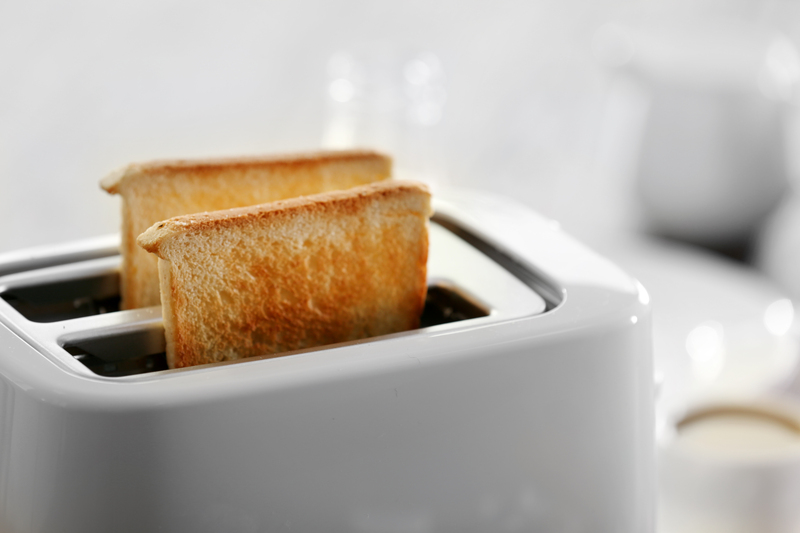Time to Refresh: Removing Peeling and Chipped Paint from Windows
Posted on 22/06/2025
Are your windows looking old and tired? Do they have peeling and chipped paint that is bringing down the overall appearance of your home? It's time for a refresh! Removing peeling and chipped paint from windows is an important step in maintaining the beauty and functionality of your home. In this article, we will discuss why it's important to remove peeling and chipped paint, as well as tips for doing it effectively.
Why is it important?
Peeling and chipped paint not only looks unsightly, but it can also cause damage to your windows. As the paint deteriorates, it exposes the bare wood or metal underneath to the elements. This can lead to rot, rust, and other forms of damage that can compromise the structural integrity of your windows. Additionally, peeling paint can create gaps where moisture can seep in, leading to potential issues with mold and mildew.
In addition to these practical concerns, peeling and chipped paint can also affect the energy efficiency of your home. The gaps and cracks created by damaged paint can allow air to escape, making it harder for your heating and cooling systems to maintain a comfortable temperature inside. This can result in higher energy bills and a less comfortable living space.

Tips for removing peeling and chipped paint
1. Gather supplies - Before you begin, make sure you have all the necessary supplies. These may include a scraper or putty knife, sandpaper, a heat gun or chemical stripper, gloves, safety goggles, and drop cloths.
2. Prepare the area - Lay down drop cloths to protect surfaces from any loose debris or splatters during the removal process.
3. Start scraping - Use a scraper or putty knife to gently scrape away any loose or flaking paint. Be careful not to exert too much pressure which could damage the window frame.
4. Use a heat gun or chemical stripper - If the paint is particularly stubborn, you may need to use a heat gun or chemical stripper to help loosen it. Be sure to follow safety precautions and manufacturer instructions when using these products.
5. Sand down the surface - After removing the majority of the peeling paint, use sandpaper to smooth out any rough areas and create a clean surface for repainting.
6. Clean the area - Wipe down the window frame with a damp cloth to remove any dust or debris left behind from the scraping and sanding.
7. Prime and paint - Once the area is completely dry, apply a coat of primer and allow it to dry before applying your chosen paint color. Be sure to choose a high-quality exterior paint that is suitable for your specific window material.
The pros and cons
Pros:
1. Improved aesthetics - Removing peeling and chipped paint will instantly improve the look of your windows, giving them a fresh and polished appearance.
2. Prevent further damage - By removing damaged paint, you are protecting your windows from potential rot, rust, and other forms of deterioration.
3. Increased energy efficiency - Repairing any gaps or cracks in your windows will help to improve the energy efficiency of your home, resulting in lower energy bills.
Cons:
1. Time-consuming - Depending on the extent of the damage, removing peeling and chipped paint can be a time-consuming process that requires patience and attention to detail.
2. Potentially hazardous chemicals - Some chemical strippers may contain harmful substances that can be dangerous if not used properly. It's important to follow safety precautions and use protective gear when working with these products.

Takeaways
- Removing peeling and chipped paint is important for both aesthetic and practical reasons.
- Proper preparation and using the right tools is essential for an effective removal process.
- Taking care of peeling and chipped paint can improve the energy efficiency of your home and prevent further damage.
Conclusion
Don't let peeling and chipped paint bring down the look and functionality of your windows. By taking the time to remove it properly, you can protect and enhance the appearance of your home while also improving its energy efficiency. Remember to follow safety precautions and use quality products for the best results. With these tips in mind, you'll be well on your way to refreshing your windows and giving them a new lease on life.








